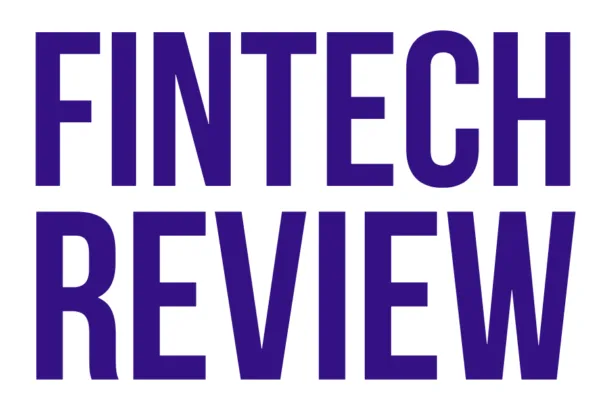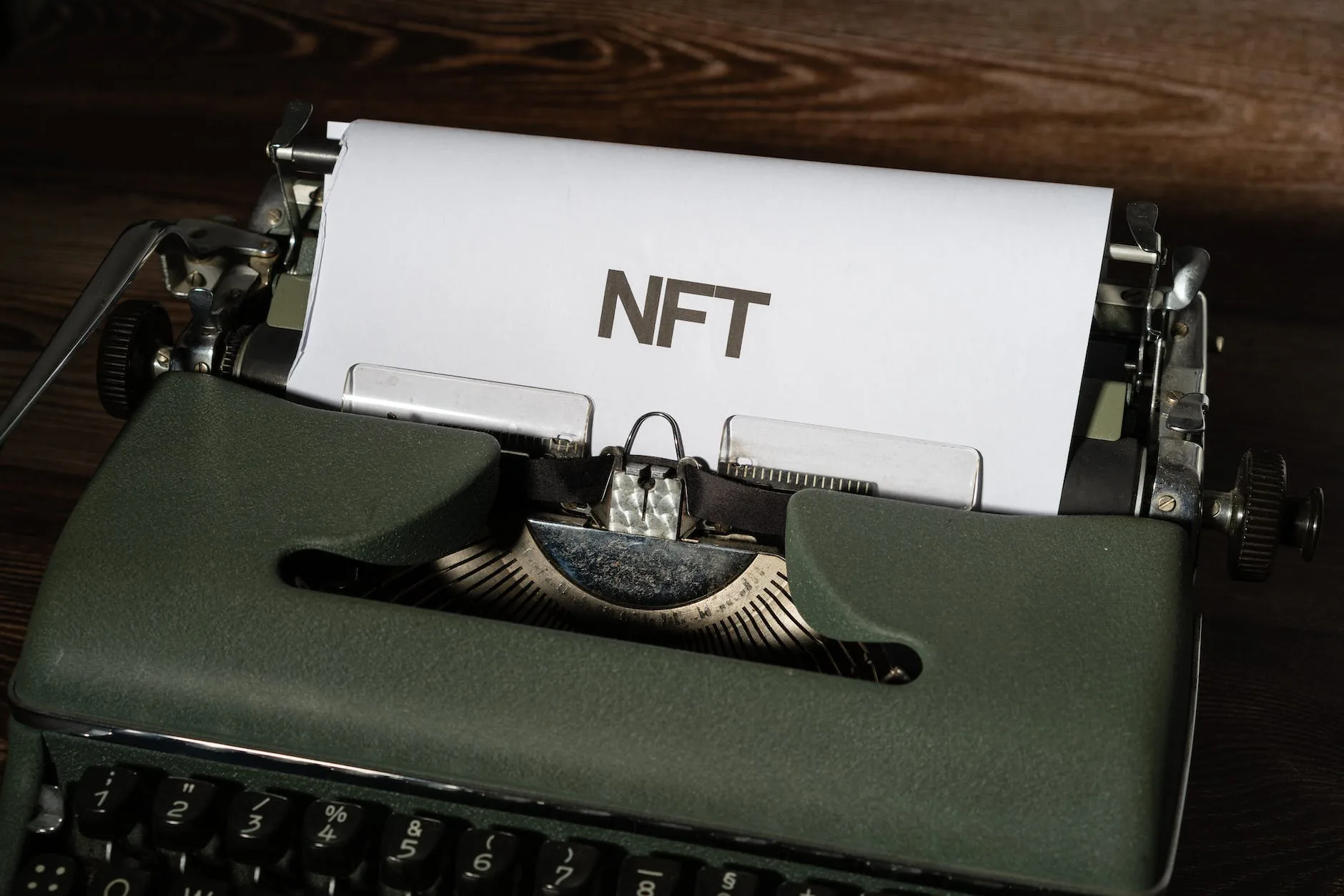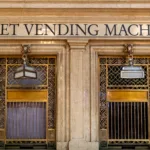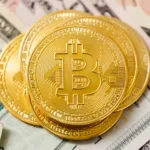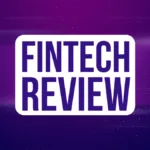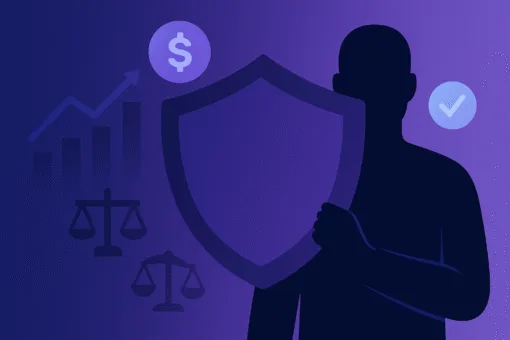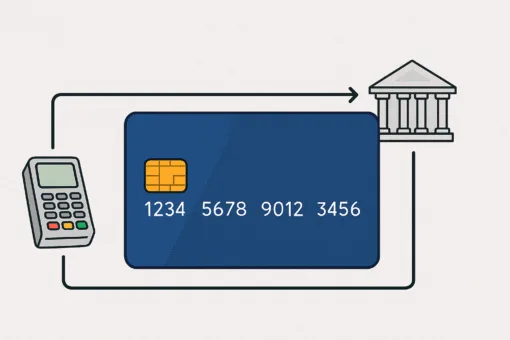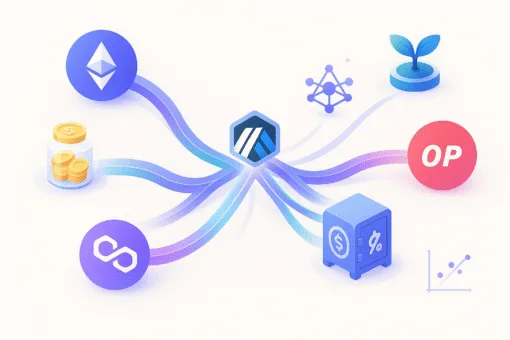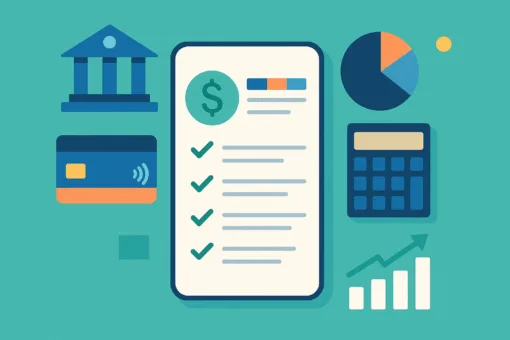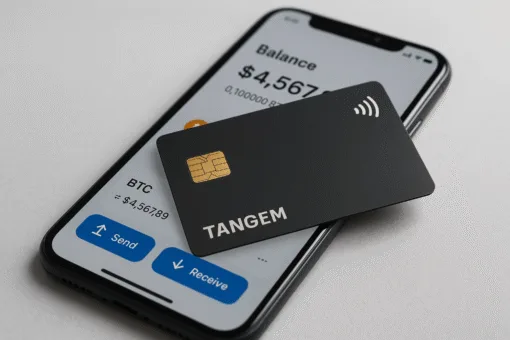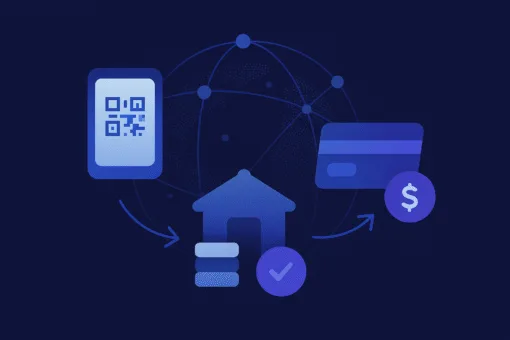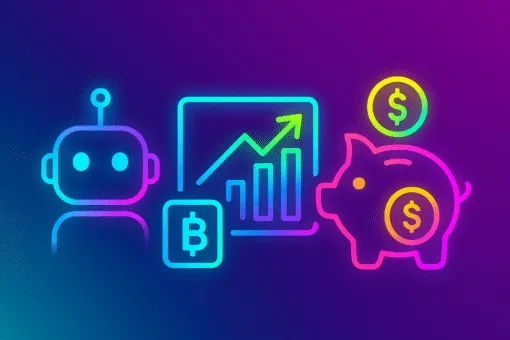This is a guest post by Sergey Ivanov, Founder & VP at FAS | Fintech Advisory Services.
FAS is a global and fully decentralized advisory ecosystem that bridges blockchain and fintech experts from Asia, Europe, North America, and Latin America with SMEs willing to evolve in those domains.
The latest trend in the crypto space is Non-Fungible Tokens (NFTs). They displayed almost 400% growth in February 2021 compared to the previous month, amounting to $342 million tokens sold. The term “fungible” is usually used in economics, meaning that some assets are interchangeable and essentially the same in value. For example, one would not generally care if they received $100 in one bill or in 5 twenty dollar bills. Or you wouldn’t care which block bitcoins you would receive originate from as they are interchangeable and are the same in value.
Most likely everyone has heard about CryptoKitties. It is a blockchain-based virtual game which allowed players to raise and then trade different digital cats. Each cat art was unique and existed only in one cop. And since they were based on blockchain, it was impossible to create a copy of the same CryptoKittie. Meet Dragon, the most expensive CryptoKittie currently being sold for 600 ETH (around $1 million):
Blockchain allows the creation of unique items with traceable owners and origins, thus creating a fake or a copy is impossible. This creates countless possibilities for all kinds of content creators. It allows them to secure their ownership over their content and potentially distribute special content to their most loyal followers. Collectors also benefit greatly from NFTs by being ensured that their copy is the original, cannot be stolen and will always be tied to them, unless they sell or transfer it.
First introduction
One could argue that the first introduction of Non-Fungible Tokens were Colored Coins. These were bitcoins and satoshis that were a part of the “Genesis Transaction”. Those coins were unique, not reproducible and traceable to the time of creation. They could signify a huge leap in the usage of blockchain technology on Bitcoin. But they were limited to represent assets outside of simple monetary value only if all participants agreed on that. If even one participant decided to go against that, the whole system would collapse. Which is not surprising since Bitcoin was never actually intended to implement Non-Fungible Tokens.
Nevertheless, Colored Coins gave rise to the overall idea behind use cases of NFTs creating a strong groundwork to the NFTs we know today.
Counterparty, a specialized peer-to-peer financial platform for Non-Fungible Tokens was created on top of the blockchain network in 2014 by Robert Dermody, Adam Krellenstein and Evan Wagner. Counterparty allowed for creation of Non-Fungible Assets, such as trading cards and even memes.
What is the hype about?
The NFT market as of today can be considered quite quirky for many people. Lately we have seen a lot of outrageous deals happening in the NFT market. Such as Jack Dorsey’s first tweet (CEO of Twitter) being sold for $2.9 million:
A digital collage by a graphic artist called Beeple was sold for $69.3 million at Christie’s, a British auction house founded in 1766.
Following the largest deal from Beeple, Cryptopunks are currently the most expensive NFTs ever sold so far. Cryptopunks is a project that generates unique characters on Ethereum blockchain. Cryptopunk #3100 and #7804 were both sold for $7.8 million:
CryptoPunks is a project launched in June 2017 by John Watkinson and Matt Hall. The idea was to release 10,000 unique characters on Ethereum. All the CryptoPunks have been claimed already. And you can see whether they are available for sale right now by the color of their background on the official website. If its blue, they are not for sale. If it’s red, they can be bought. And if its purple, then there is a possibility to place a bid on them. CryptoPunks were launched before NFT’s standard ERC-721 was developed, so they would technically be a hybrid of ERC-721 and ERC-20.
How does it work technically?
As of today, the most popular standard for security tokens is ERC-721. Unlike ERC-20 which makes it fungible thus equally valuable and interchangeable tokens, ERC-721 tokens are not the same and cannot be exchanged for one another. From a technical point of view, there are many similar features in ERC-721 and ERC-20 tokens. Such as being able to be stored on ordinary Ethereum wallets. But there is one function that allows the tokens to be non-fungible, which is the “takeOwnership” function.
The takeOwnership function allows capturing and tracking the creator and all the owners of a token by tracking its movements. Which would not be possible for ERC-20. For example, if one transferred 1 ETH to a wallet that held 20 ETH coming from other 1 ETH transactions, and then all 20 were transferred to another wallet, it would not be possible to distinguish each ETH origins. ERC-20 tokens only track how many tokens each address had at the end of a single given block.
Balancing act
ERC-20 tokens are interchangeable and focus on the balance of the tokens. One would just have to specify what the total supply of tokens would be by adjusting the “totalSupply” function of the contract, but it is not the same case for ERC-721 tokens. The value of one ERC-721 is not the same as another ERC-721. In order to create the same (again, not interchangeable) ERC-721 token, each token has to be added to the array separately. That makes sense considering that the value of ERC-721 tracks creation and ownership of tokens throughout their journey.
If, hypothetically, Banksy were to sell two of the same ERC-721 tokens, and one was purchased by Elon Musk, while another to an art collector, perhaps the one owned by Elon would have a higher market price than the other. They will not be interchangeable between each other even if it’s the same asset visually. They would be distinguished by a token identification number on the wallet which tracks its ownership.
What is the future of NFTs
As we observe a boom in Non-Fungible Tokens today, we gradually discover more and more applications to this technology. The groundwork was paved by Colored Coins and Counterparty, eventually leading us to ERC-721 standard on the Ethereum blockchain. The future of security tokens will be an existing one and will definitely change many industries in the world.
Nevertheless, many people think that the current craze behind NFTs will go through the same cycle as Initial Coin Offerings in 2017. With high demand and adoption, but later it will cool down. Which would ultimately be a good thing. At FAS | Fintech Advisory Services we believe that after the initial stage of a new technology adoption, some real use cases will follow and be integrated into our everyday lives. Our team is also working with NFT projects and helping them to be resilient and stay in the market for a long term. We can see some of them already being implemented.
Collectibles is one of the applications which would definitely be influenced and allow content creators to preserve their creation rights to their art. Even though this content will inevitably be copied and pirated, the original can be preserved and kept. Many people who support and follow their favorite artists may show their appreciation by buying and holding memorable NFTs which would help their idols.
Gaming opportunity
Gaming industry is undoubtedly one of the biggest beneficiaries of NFT technology. Items, skins and collectibles are treasured greatly by players, some of the rarest ones can be sold for thousands of dollars. NFTs can ensure uniqueness of those assets, moreover, they can ensure a real player-controlled economy without intermediaries. Arguably, this would be one of the greatest benefits for gaming industry. As players value their digital characters’ unique appearance and items.
Ultimately, Non-Fungible Tokens grant the right to ownership of a particular asset. Making it quick and easy to trade and transfer. Real Estate is also one of the possible applications of NFTs. By tokenizing it, owners will have the ability to turn a normally illiquid asset into something that can be bought and sold quickly. Security Tokens are arguably a better option for trading real estate with assistance of blockchain technology, however if one chose to not separate their real estate into several parts, NFTs would be a very viable option.
In the next article we will be covering NFTs vs Security Token Offerings (STO) in Real Estate, so stay tuned!
